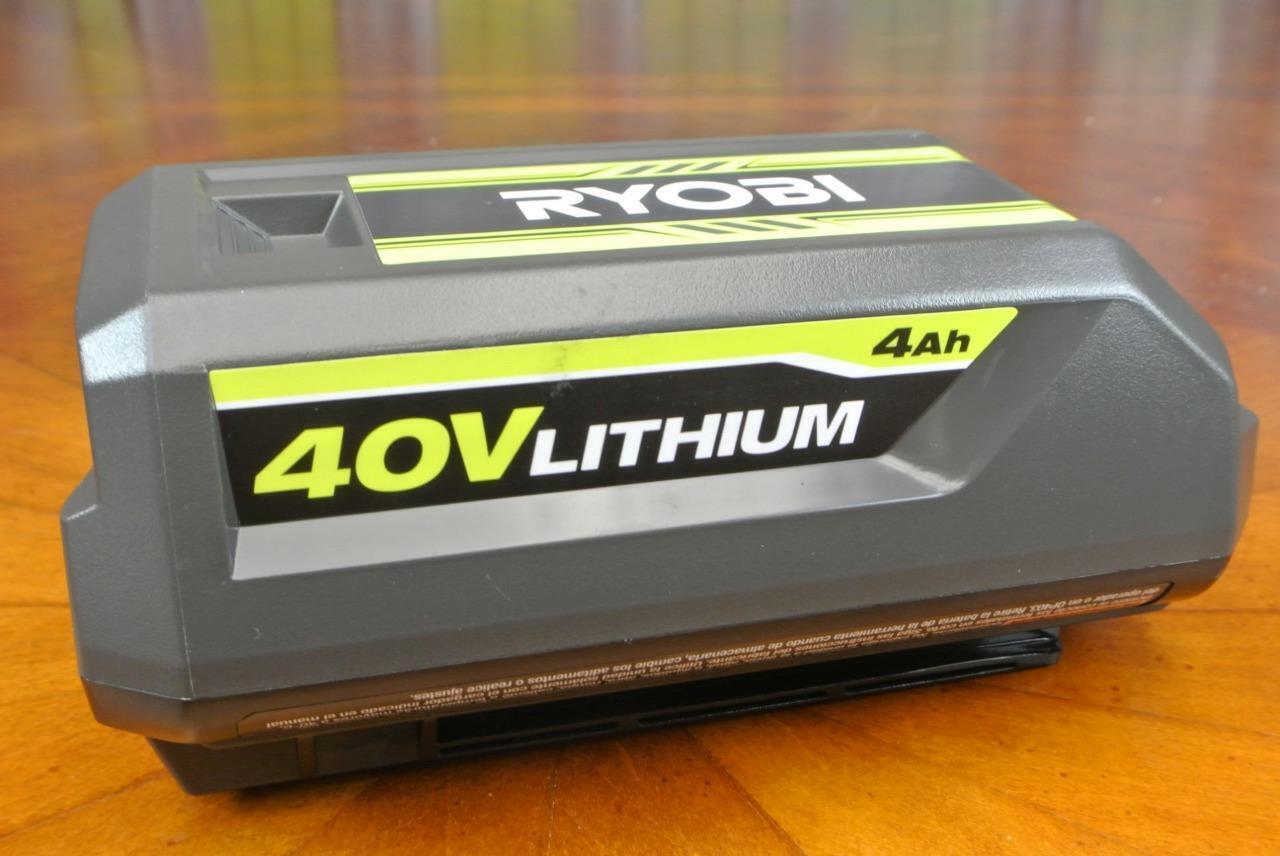

Articles
How Long Does A 40V Ryobi Battery Last
Modified: May 6, 2024
Discover how long a 40V Ryobi battery lasts with our informative articles. Maximize your battery life and get the most out of your Ryobi power tools.
(Many of the links in this article redirect to a specific reviewed product. Your purchase of these products through affiliate links helps to generate commission for Storables.com, at no extra cost. Learn more)
Introduction
A 40V Ryobi battery is a powerful and essential component for many Ryobi cordless tools, providing the energy needed to complete various tasks around the home or worksite. Whether you are using a Ryobi 40V battery for trimming hedges, mowing the lawn, or powering tools like drills and saws, understanding its lifespan and factors affecting battery life is crucial for efficient use and maintenance.
In this article, we will delve into the longevity of a 40V Ryobi battery and explore ways to optimize its lifespan. We will cover factors that can affect the battery’s performance, provide tips for extending battery life, discuss proper charging and storage techniques, and touch upon common issues and troubleshooting methods.
By the end of this article, you’ll have a comprehensive understanding of how long a 40V Ryobi battery typically lasts and how to get the most out of it, ensuring that your cordless tools are always ready to tackle your next project with optimal energy efficiency. So, let’s dive in and discover the secrets to maximizing the lifespan of your Ryobi 40V battery.
Key Takeaways:
- Maximizing the lifespan of your Ryobi 40V battery involves balancing usage intensity, monitoring temperature, following proper charging and storage techniques, and implementing regular maintenance to ensure reliable power for years to come.
- Practical tips such as avoiding overworking the battery, using the right tool for the job, and following manufacturer’s guidelines for charging and storage can significantly extend the lifespan and performance of your Ryobi 40V battery.
Understanding Ryobi 40V Batteries
Ryobi 40V batteries are lithium-ion batteries that are designed to provide high-performance power for a wide range of cordless tools. They are part of Ryobi’s 40V lineup, which offers a convenient and efficient alternative to gas-powered equipment, allowing users to tackle their projects with less noise, fewer emissions, and increased versatility.
One of the significant advantages of Ryobi 40V batteries is their compatibility with a variety of Ryobi cordless tools. From trimmers and blowers to mowers and chainsaws, these batteries can power an entire suite of tools, making it convenient for users who own multiple Ryobi products.
The 40V rating signifies the voltage that the battery produces, indicating its power output. The higher the voltage, the more energy the battery can deliver to the tool, allowing for increased performance and longer run times.
Ryobi 40V batteries are designed to be lightweight and durable, offering a balance between power and maneuverability. They typically feature a built-in fuel gauge that allows users to monitor the battery’s charge level, ensuring they can plan their projects accordingly.
It is important to note that while Ryobi 40V batteries are interchangeable within the 40V lineup, they may not be compatible with other Ryobi cordless tool platforms. Therefore, it’s essential to check the compatibility of the battery with your specific tool before making a purchase.
Now that we have a better understanding of Ryobi 40V batteries, let’s explore the factors that can affect their overall lifespan.
Factors Affecting Battery Life
Several factors can influence the lifespan and performance of a Ryobi 40V battery. Understanding these factors will help you maximize the battery’s longevity and ensure optimal performance. Let’s take a closer look at the primary factors affecting battery life:
- Usage Intensity: The frequency and duration of use play a significant role in the battery’s lifespan. Continuous heavy use can lead to quicker battery depletion and reduced overall lifespan. It is essential to balance your usage and avoid overworking the battery.
- Temperature: Extreme temperatures, both hot and cold, can impact battery performance. High temperatures can cause the battery to degrade faster, while cold temperatures can lead to reduced capacity and decreased runtime. It’s advisable to store and use the battery in a moderate temperature environment.
- Charging Cycle: The way you charge your Ryobi 40V battery can affect its lifespan. Overcharging or undercharging the battery can lead to premature wear and reduced overall capacity. It is crucial to follow the manufacturer’s guidelines for proper charging, such as using the appropriate charger and avoiding leaving the battery plugged in for extended periods.
- Storage: How you store your battery when not in use can impact its lifespan. It’s best to store the battery in a cool, dry place with a moderate temperature range. Avoid exposing the battery to extreme temperatures or storing it with a low charge level, as this can lead to capacity loss over time.
- Maintenance: Regular maintenance and care can help prolong the life of your Ryobi 40V battery. This includes cleaning the battery terminals, ensuring proper connections, and inspecting for any signs of damage or wear. Additionally, keeping the battery clean and free from debris will help optimize its performance.
By paying attention to these factors and taking the necessary precautions, you can significantly extend the lifespan of your Ryobi 40V battery and ensure consistent and reliable performance for your cordless tools. In the next section, we will explore the typical lifespan of a Ryobi 40V battery.
Typical Battery Lifespan of a Ryobi 40V Battery
The average lifespan of a Ryobi 40V battery can vary depending on several factors, including usage patterns, maintenance, and environmental conditions. Under normal use and proper care, a Ryobi 40V battery can last for several years, providing reliable power for your cordless tools.
On average, a Ryobi 40V battery is designed to deliver around 500 full charge cycles. A full charge cycle refers to completely depleting the battery’s charge and then fully recharging it. However, it’s important to note that the total lifespan can vary based on individual use and other factors.
Proper maintenance and responsible usage can help prolong the battery’s life. Avoid overworking the battery by giving it time to cool down between uses, and try to avoid fully discharging the battery whenever possible. Partial charges and discharges can help extend the overall lifespan of the battery.
Additionally, following the recommended charging practices will contribute to a longer battery life. Use the appropriate Ryobi charger for your 40V battery and avoid leaving the battery plugged in for extended periods. It’s also advisable to avoid charging the battery in extreme temperatures, as this can impact its performance and overall longevity.
Regularly inspecting the battery for any signs of damage or wear and performing routine maintenance, such as cleaning the terminals, will help optimize its performance and extend its lifespan. Proper storage is also crucial for maximizing battery life. Keep the battery in a cool, dry place with a moderate temperature range, away from direct sunlight and extreme temperatures.
If you notice a significant decline in the battery’s performance, such as reduced runtime or difficulty holding a charge, it may be an indication that the battery needs to be replaced. It’s important to purchase genuine Ryobi replacement batteries to ensure compatibility and optimal performance with your Ryobi cordless tools.
By following these guidelines and taking proper care of your Ryobi 40V battery, you can expect a typical lifespan of several years, allowing you to enjoy reliable and efficient power for your cordless tools throughout its lifespan.
In the next section, we will provide you with some practical tips for extending the battery life of your Ryobi 40V battery.
To maximize the life of your 40V Ryobi battery, avoid fully discharging it and store it in a cool, dry place when not in use. Regularly clean the contacts and charge it fully before storage.
Tips for Extending Battery Life
Maximizing the lifespan of your Ryobi 40V battery not only helps save you money but also ensures that your cordless tools perform at their best. Here are some practical tips to help extend the battery life:
- Avoid Overworking the Battery: Give your battery time to rest and cool down between uses, especially during heavy-duty tasks. Continuous heavy use can lead to quicker depletion and reduced overall lifespan.
- Partial Charging and Discharging: Instead of fully depleting the battery’s charge before recharging, try to perform partial charges and discharges. This practice helps minimize stress on the battery and can extend its overall lifespan.
- Use the Right Tool for the Job: Using the appropriate tool for the task at hand can help prevent overworking the battery. Opt for the correct tool and battery combination to ensure optimal performance and efficiency.
- Monitor and Maintain Temperature: Extreme temperatures can impact battery performance. Avoid using or storing your battery in extremely hot or cold environments, as this can lead to accelerated degradation.
- Regularly Clean Battery Terminals: Over time, dust and debris can accumulate on the battery terminals, affecting charging and discharging efficiency. Periodically clean the terminals with a soft, dry cloth to ensure optimal connections.
- Avoid Leaving Battery Fully Depleted: It’s best to avoid fully discharging your Ryobi 40V battery whenever possible. If you anticipate not using the battery for an extended period, store it with a partial charge rather than fully depleted.
- Properly Store the Battery: When not in use, store your battery in a cool, dry place with a moderate temperature range. Avoid exposing it to direct sunlight or extreme temperatures, as this can impact its performance and longevity.
- Follow Manufacturer’s Charging Guidelines: Always use the recommended Ryobi charger for your 40V battery and follow the manufacturer’s charging instructions. Avoid leaving the battery plugged in for extended periods after it reaches a full charge.
Following these tips will help optimize the lifespan and performance of your Ryobi 40V battery, ensuring that it continues to power your cordless tools reliably and efficiently for years to come.
In the next section, we will discuss proper charging and storage techniques for your Ryobi 40V battery.
Read more: How Long Does A Ryobi 18V Battery Last
Proper Charging and Storage Techniques
Optimizing the charging and storage of your Ryobi 40V battery is essential for maintaining its performance and extending its lifespan. Here are some guidelines to follow:
Charging Techniques:
1. Use the Correct Charger: Always use the recommended Ryobi charger specifically designed for your 40V battery. Using a charger that is not compatible may result in improper charging and potentially damage the battery.
2. Plug in the Battery Correctly: Ensure that the battery is securely inserted into the charger, making proper electrical contact. A secure connection will promote efficient charging and prevent any charging interruptions.
3. Avoid Overcharging: Once the battery reaches a full charge, disconnect it from the charger promptly. Leaving the battery plugged in for extended periods after it is fully charged can lead to overcharging, which can impact the battery’s performance and lifespan.
4. Charge in Moderate Temperatures: It is advisable to charge your Ryobi 40V battery in a moderate temperature environment. Avoid charging the battery in extreme hot or cold conditions, as this can affect the charging efficiency and overall battery performance.
Storage Techniques:
1. Partial Charge: When storing your battery for extended periods, it is best to have it at a partial charge rather than fully depleted. A partial charge helps maintain battery health during storage.
2. Store in a Cool, Dry Place: Choose a storage location that is cool and dry, away from direct sunlight or extreme temperatures. Excessive heat or cold can impact the battery’s capacity and lifespan.
3. Avoid Humidity: Moisture can negatively affect the battery’s performance and lead to corrosion. Make sure the storage area is free from excessive humidity or moisture.
4. Store Separately: If you have multiple batteries, store them separately to prevent any accidental contact that could lead to discharge or potential damage.
By following these proper charging and storage techniques, you can ensure that your Ryobi 40V battery retains its optimal performance and is ready for use whenever you need it.
In the next section, we will discuss some common issues related to Ryobi 40V batteries and provide troubleshooting tips.
Common Issues and Troubleshooting
While Ryobi 40V batteries are durable and reliable, there may be occasions when you encounter some common issues. Here are a few common problems and troubleshooting tips to help you resolve them:
1. Battery Not Holding a Charge:
– Ensure that the battery is properly inserted and making a secure connection with the tool.
– Check if the battery terminals are clean and free from any debris. Clean them with a soft, dry cloth if necessary.
– Try charging the battery with a different charger to see if the problem lies with the charger rather than the battery itself.
2. Reduced Runtime:
– Check if the tool is being used for heavy-duty or continuous tasks that may be draining the battery more quickly. Give the battery time to rest and cool down between uses.
– If the battery is older, it may have reduced capacity over time. Consider replacing the battery if runtime continues to be a concern.
3. Overheating:
– Overheating can occur when the battery is subjected to continuous heavy use or extreme temperatures. Allow the battery to cool down before reusing it.
– Ensure that the tool you are using is appropriate for the task at hand. Using a tool with excessive power demands for an extended period can lead to overheating.
4. Battery Not Charging:
– Check if the charger is plugged in correctly and making proper electrical contact with the battery.
– Verify that the charger is compatible with your specific Ryobi 40V battery. Using the wrong charger can prevent proper charging.
– Inspect the battery for any damage or wear. If there are visible signs of damage, such as dents or leakage, consider replacing the battery.
If you have tried troubleshooting the issue and it persists, it may be necessary to contact Ryobi’s customer support for further assistance. They can provide specific troubleshooting steps or information on warranty coverage if the battery is still within the warranty period.
Remember, regular maintenance, proper usage, and following charging and storage guidelines will help minimize common issues and keep your Ryobi 40V battery performing optimally for years to come.
Finally, let’s conclude our discussion on Ryobi 40V batteries.
Conclusion
Ryobi 40V batteries are a reliable and versatile power source for a wide range of Ryobi cordless tools. Understanding how to maximize the lifespan of your battery is essential for optimal performance and long-term cost-effectiveness.
By considering various factors such as usage intensity, temperature, charging cycles, storage, and regular maintenance, you can extend the lifespan of your Ryobi 40V battery. Adhering to proper charging and storage techniques, along with implementing tips for optimal battery usage, will help ensure that your battery delivers reliable power for years to come.
It is important to note that while Ryobi 40V batteries have a typical lifespan of several years, individual usage patterns and environmental conditions can affect the precise duration. Regularly monitor your battery’s performance and consider replacing it if you notice significant degradation or reduced runtime.
Remember to follow the manufacturer’s guidelines for charging your Ryobi 40V battery and use genuine Ryobi chargers designed for your specific battery model. Additionally, store your battery in a cool, dry place when not in use, and keep the terminals clean to maintain efficient connections.
Should you encounter any common battery issues, troubleshoot them using the outlined techniques. If the problems persist, don’t hesitate to reach out to Ryobi’s customer support for additional assistance.
By implementing these tips and best practices, you can maximize the lifespan of your Ryobi 40V battery, ensuring that it continues to power your cordless tools efficiently and reliably throughout its use.
Now that you have a comprehensive understanding of Ryobi 40V batteries and how to optimize their performance, you can confidently tackle your projects with the knowledge that your battery will provide the power you need, whenever you need it.
Excited about keeping your Ryobi battery in top shape? There's more to learn on enhancing your toolkit's effectiveness. Dive into our next feature, where we break down which brands and tools deliver the most bang for your buck. From drills to saws, find out which power tools stand out in performance and reliability. Perfect for hobbyists and pros alike, you'll gain insights that could transform how you tackle projects. Don't miss out on optimizing your tool collection!
Frequently Asked Questions about How Long Does A 40V Ryobi Battery Last
Was this page helpful?
At Storables.com, we guarantee accurate and reliable information. Our content, validated by Expert Board Contributors, is crafted following stringent Editorial Policies. We're committed to providing you with well-researched, expert-backed insights for all your informational needs.
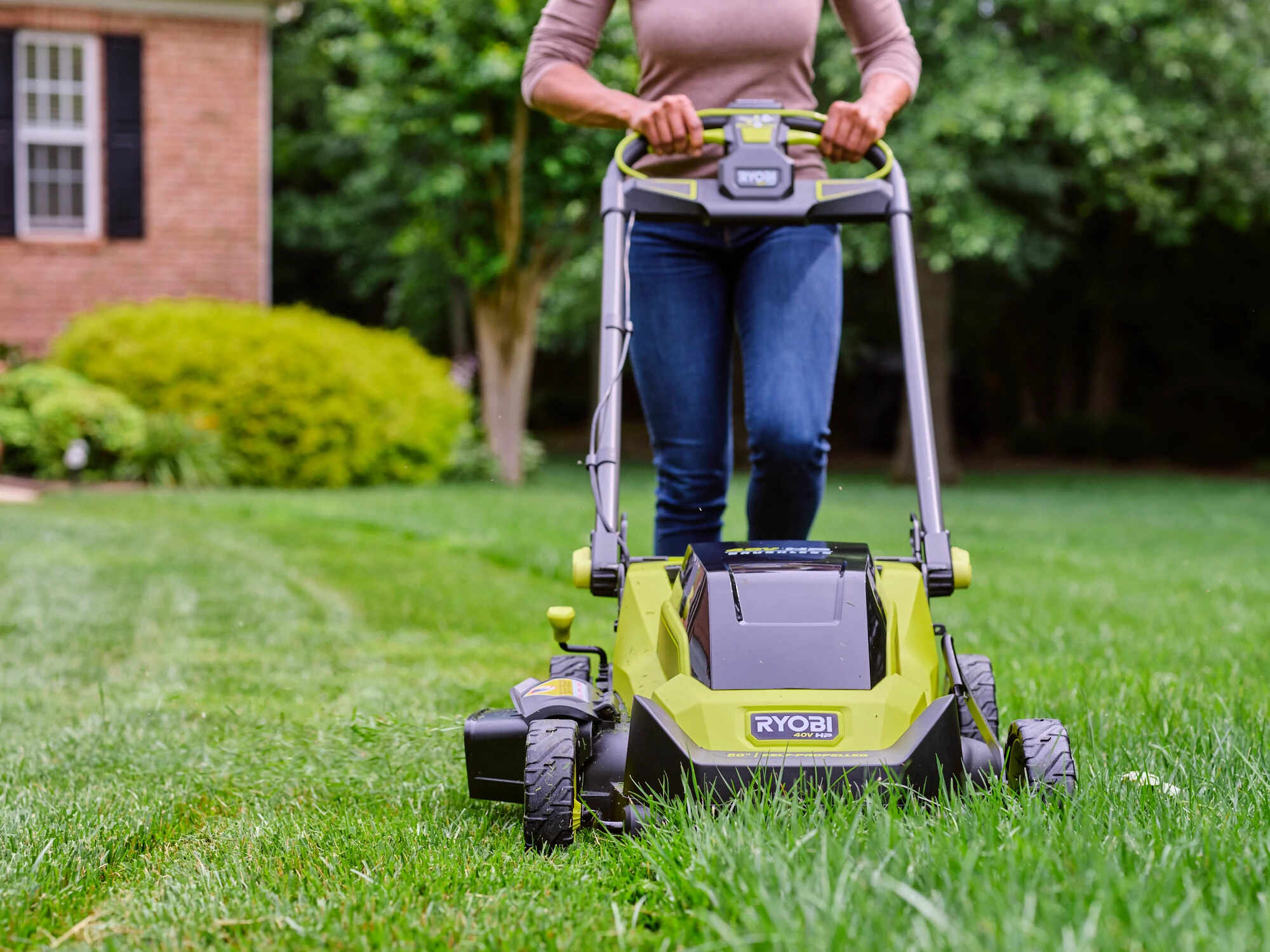
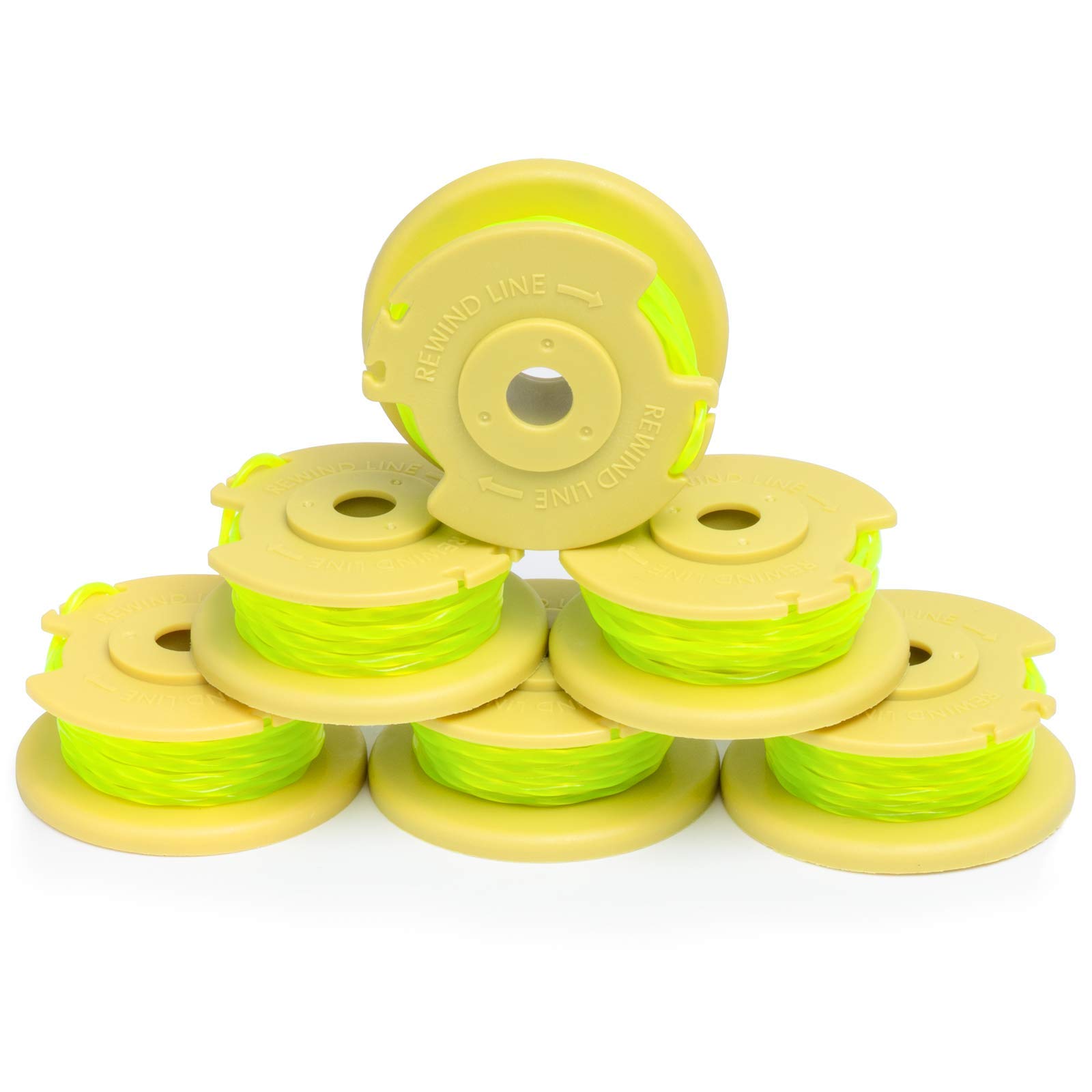
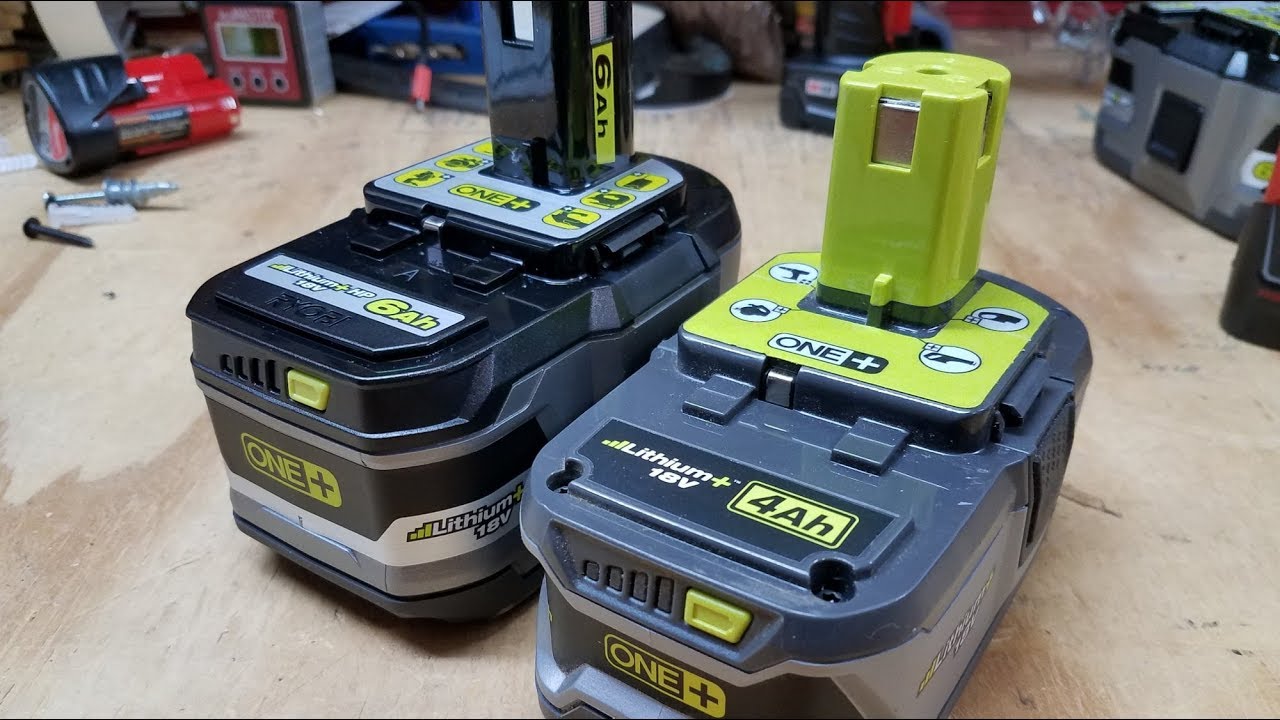
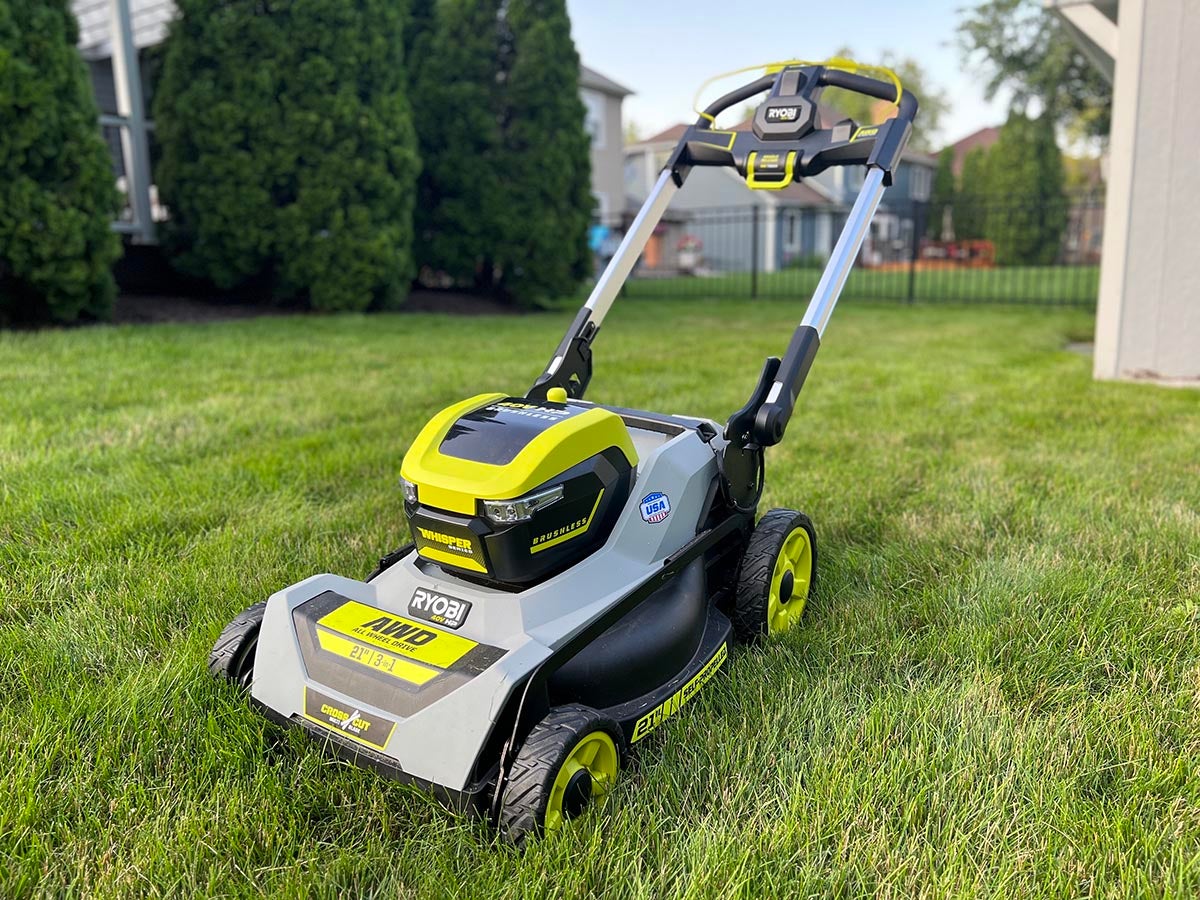
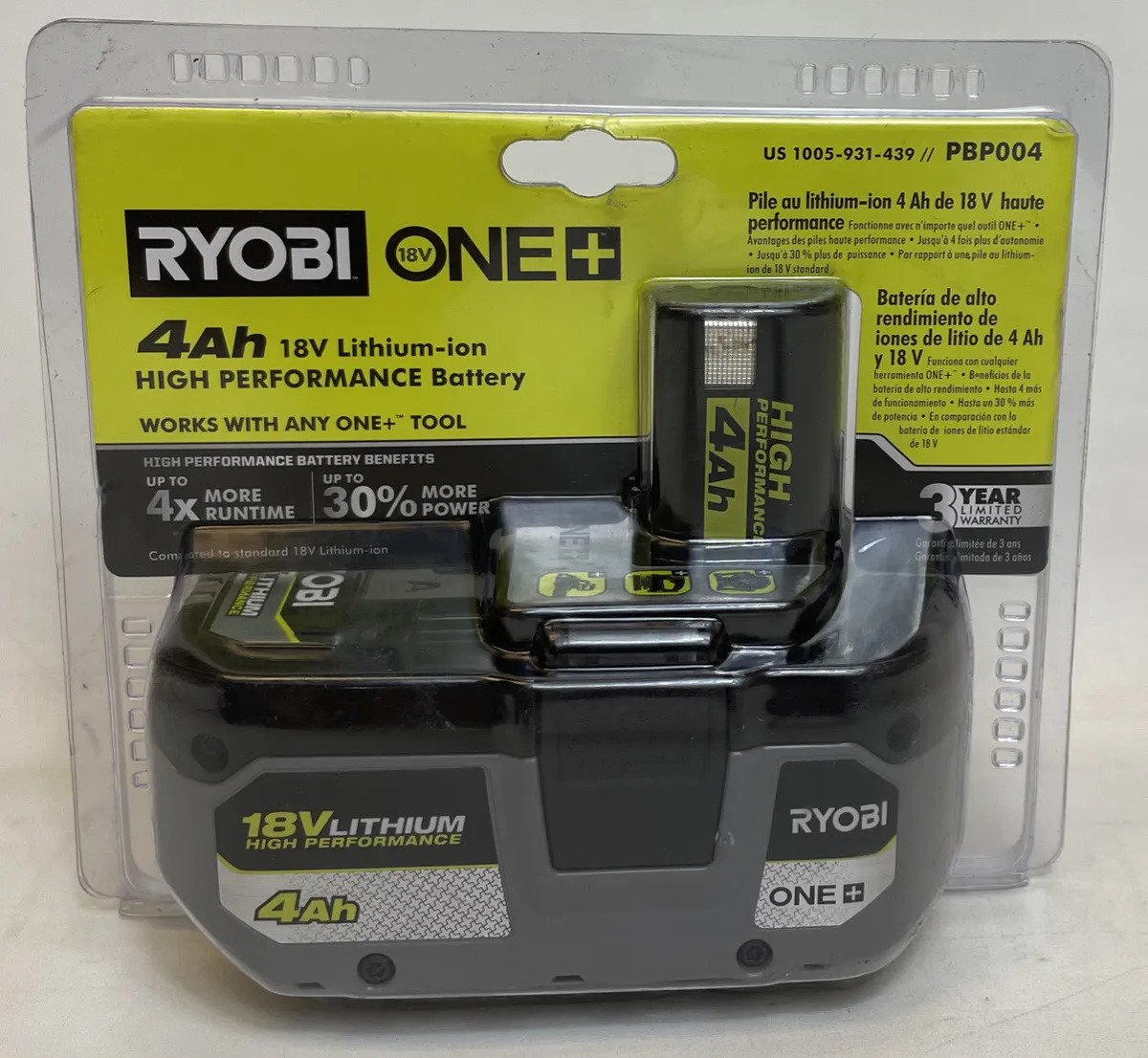
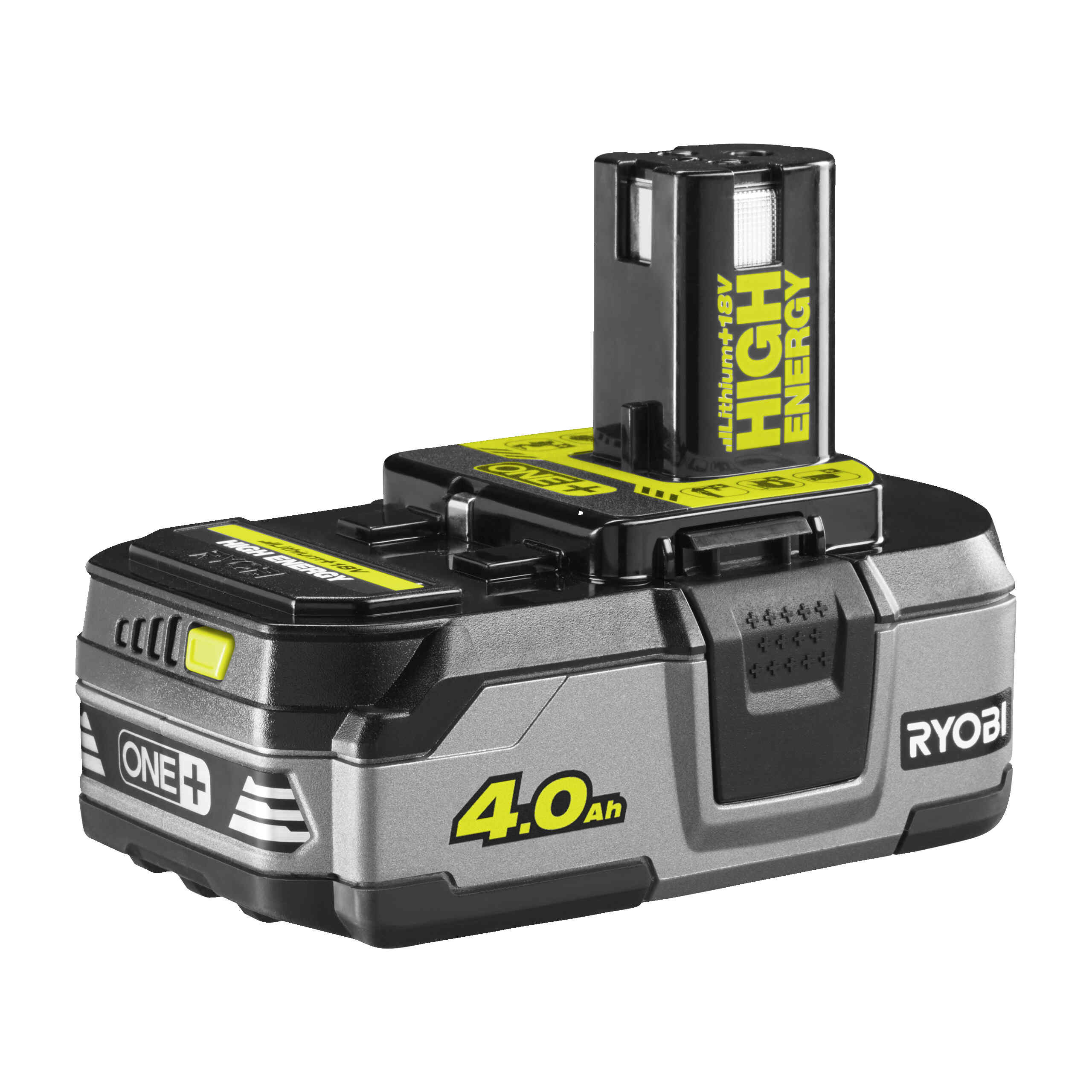
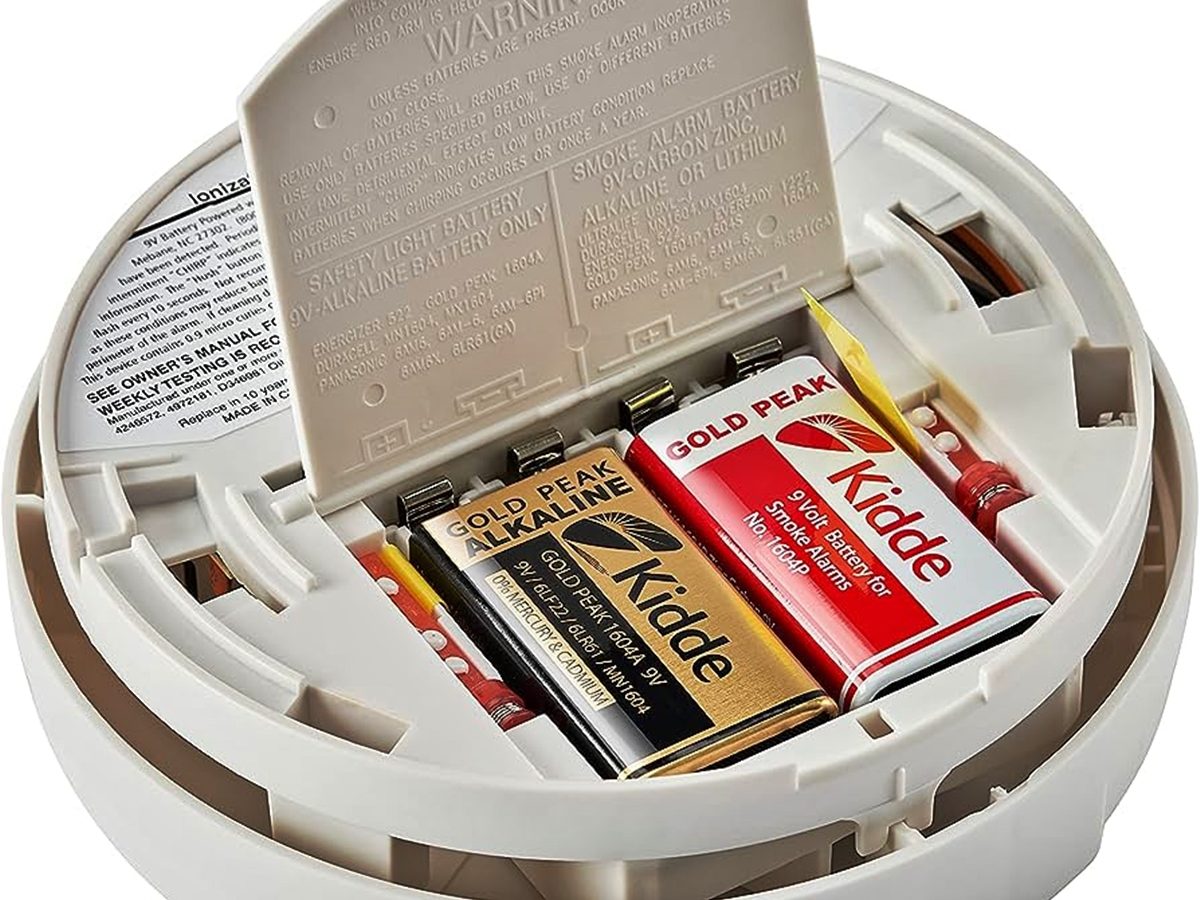
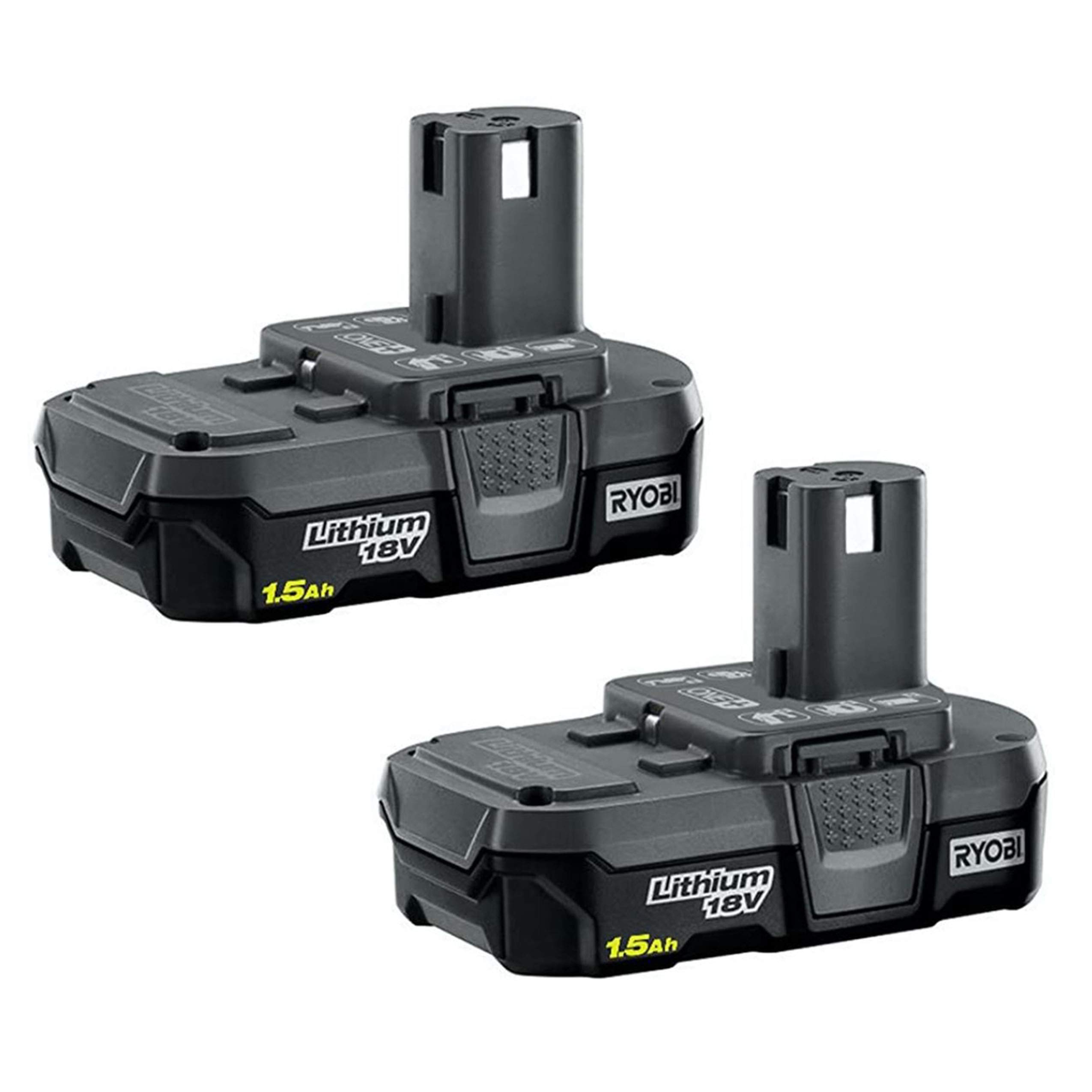
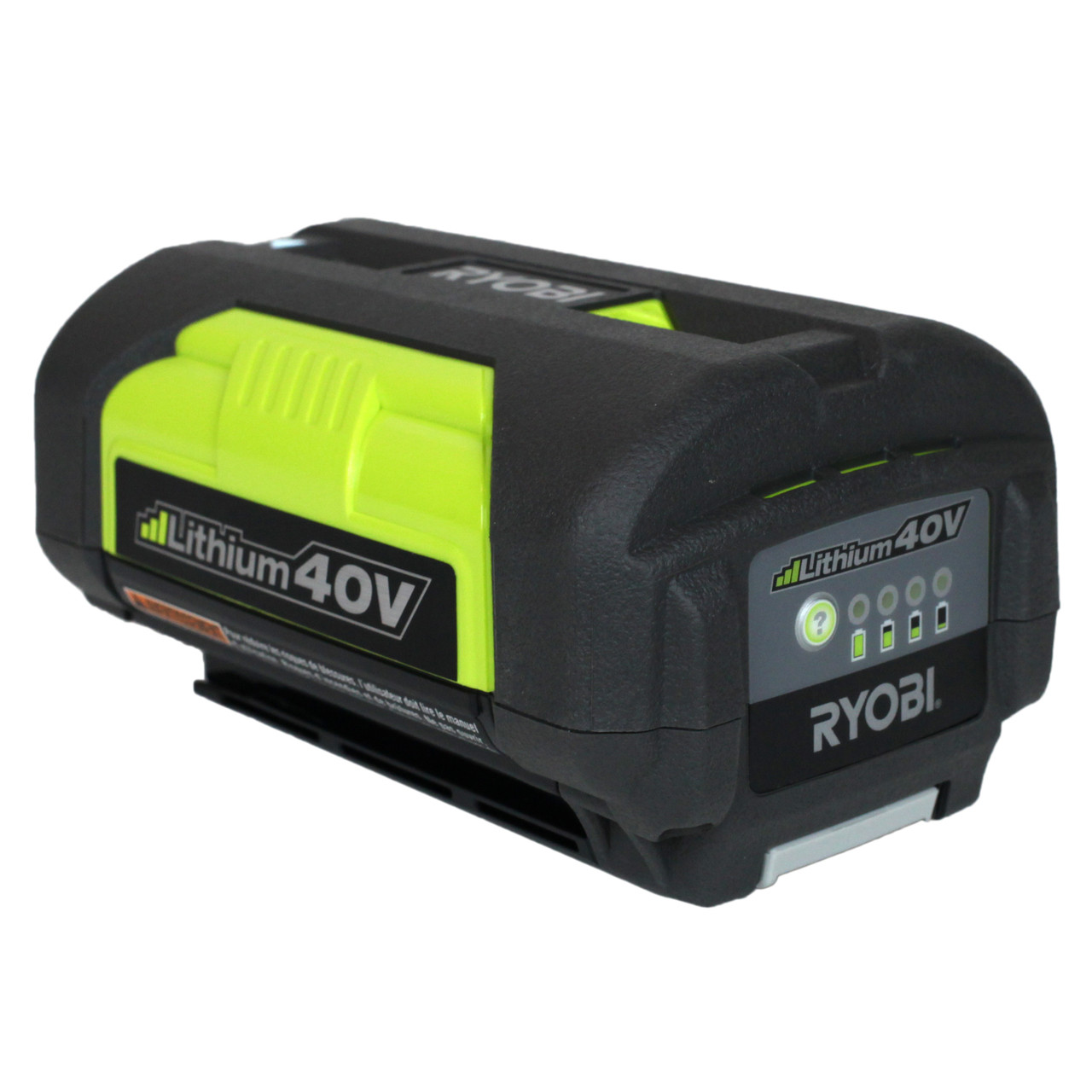
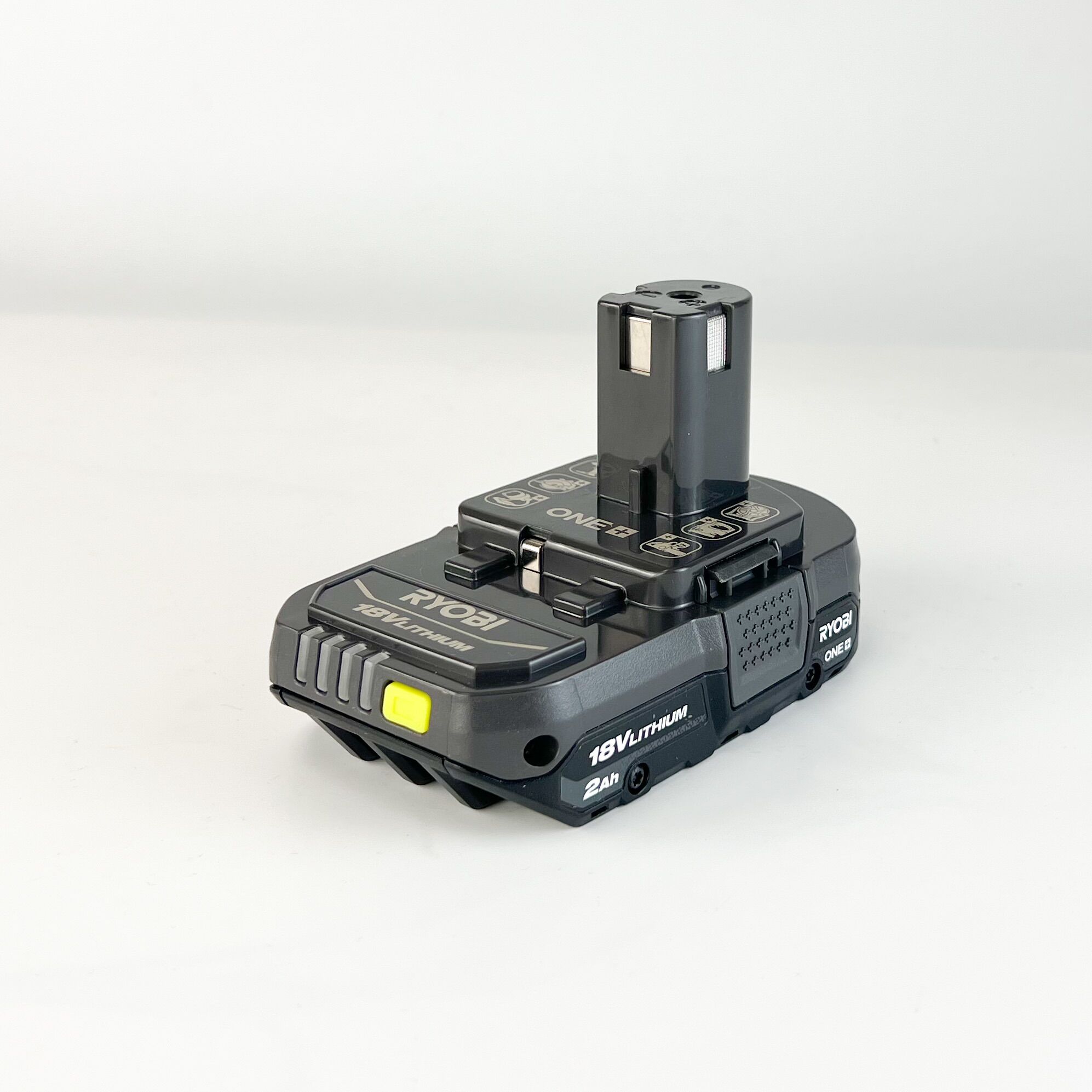
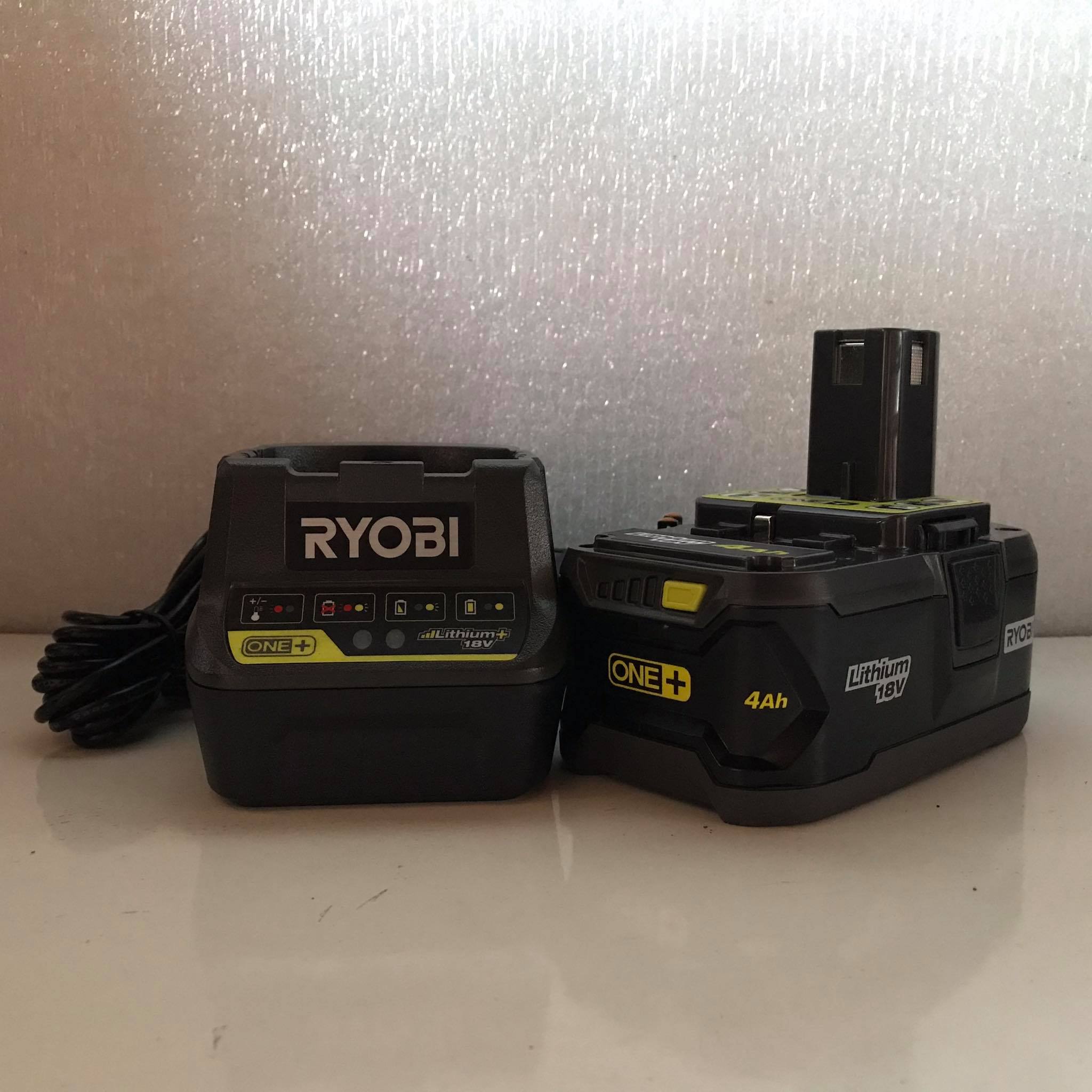
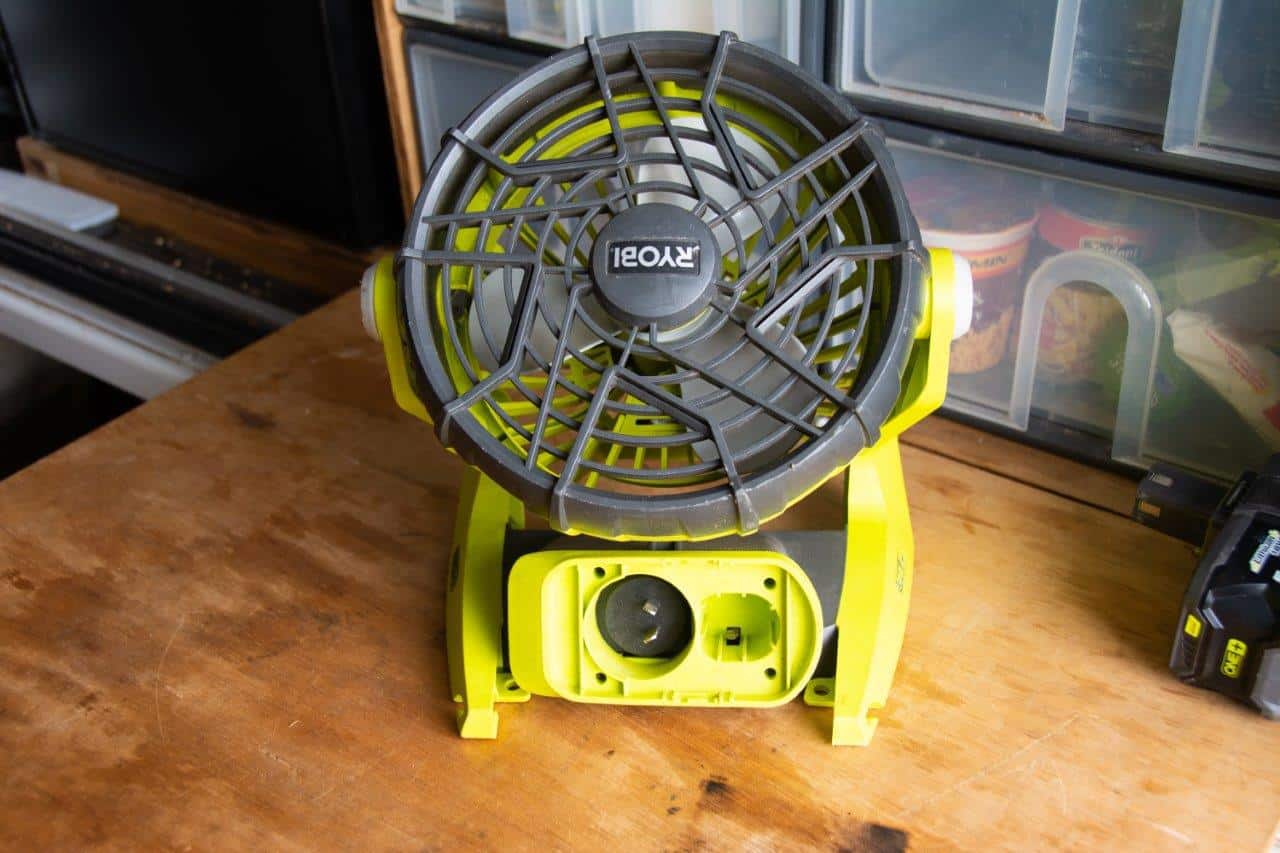
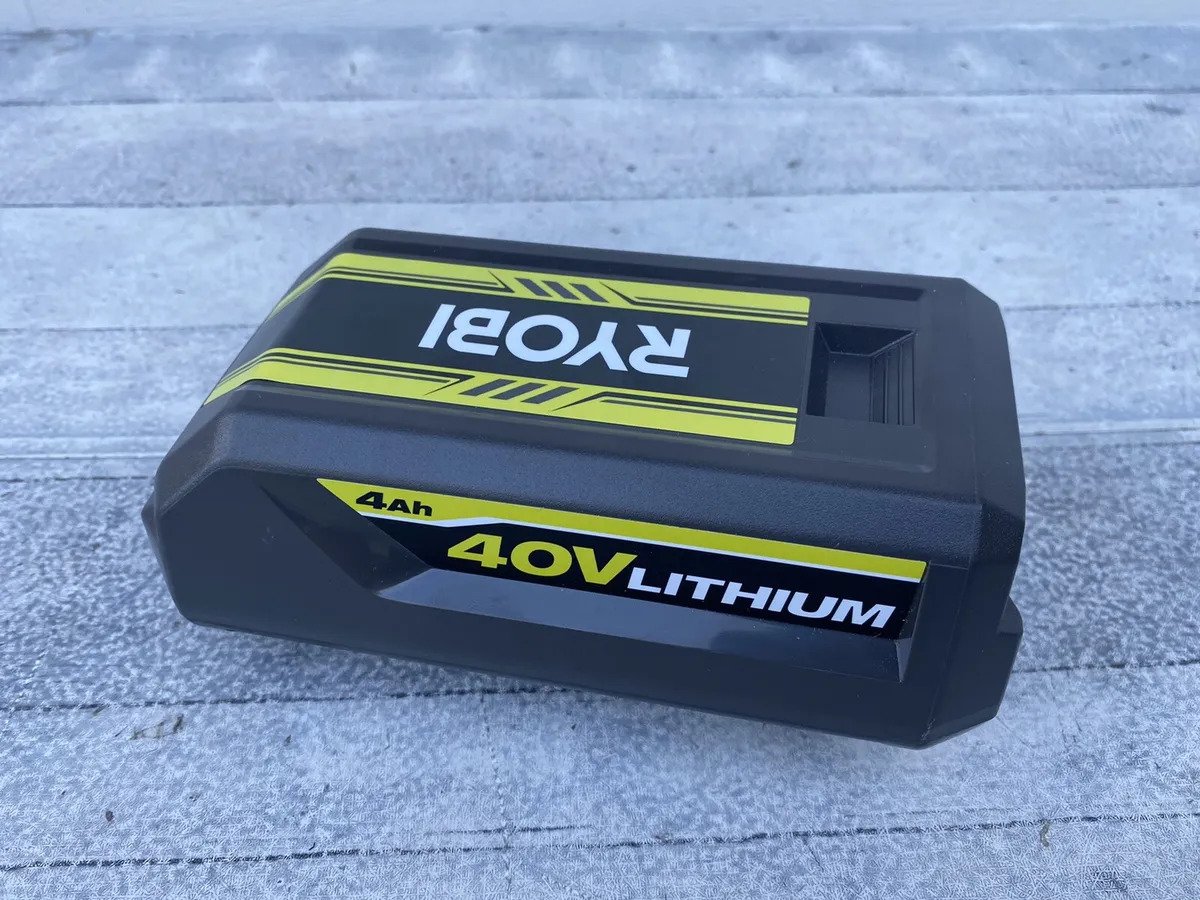
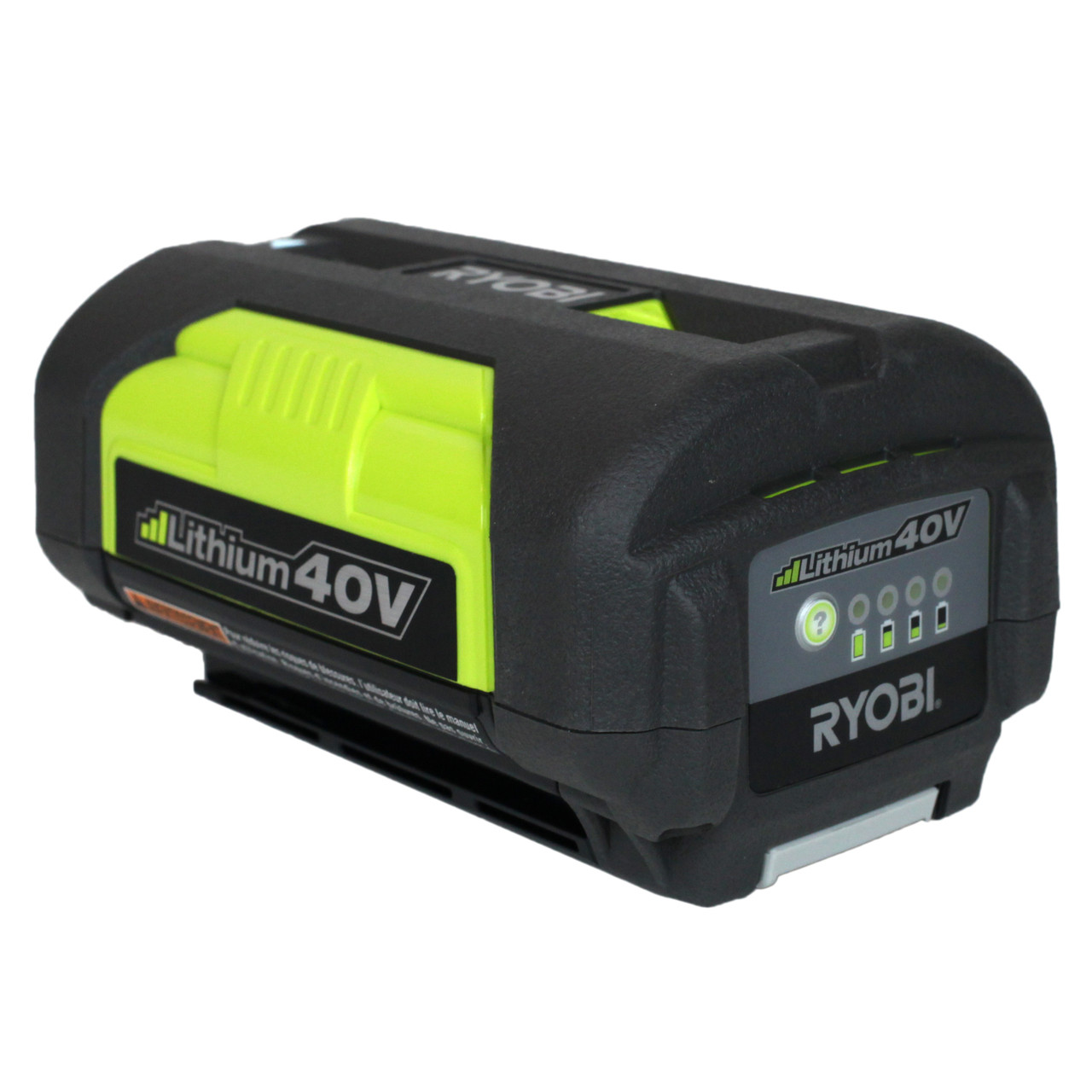

0 thoughts on “How Long Does A 40V Ryobi Battery Last”